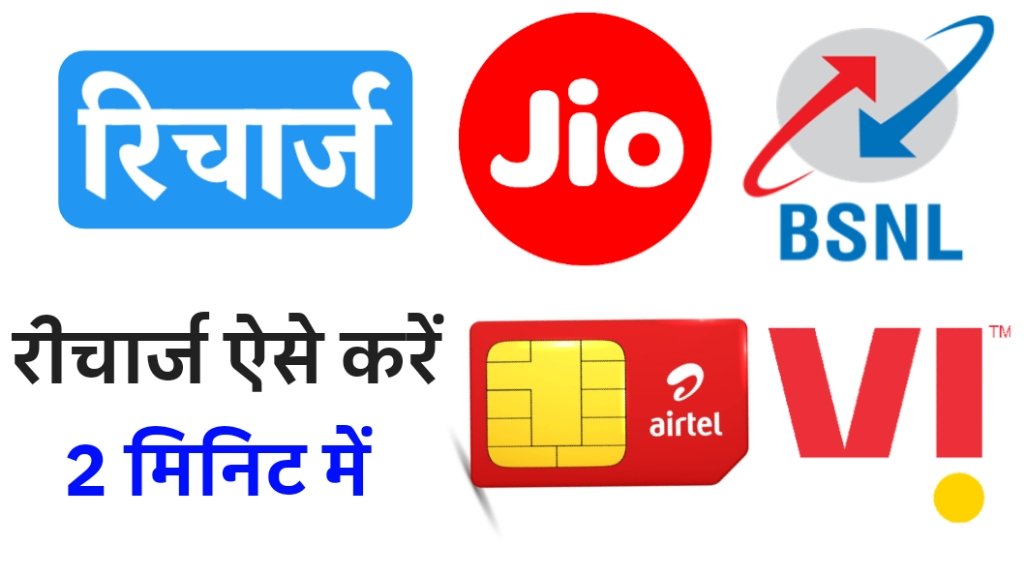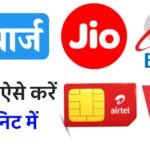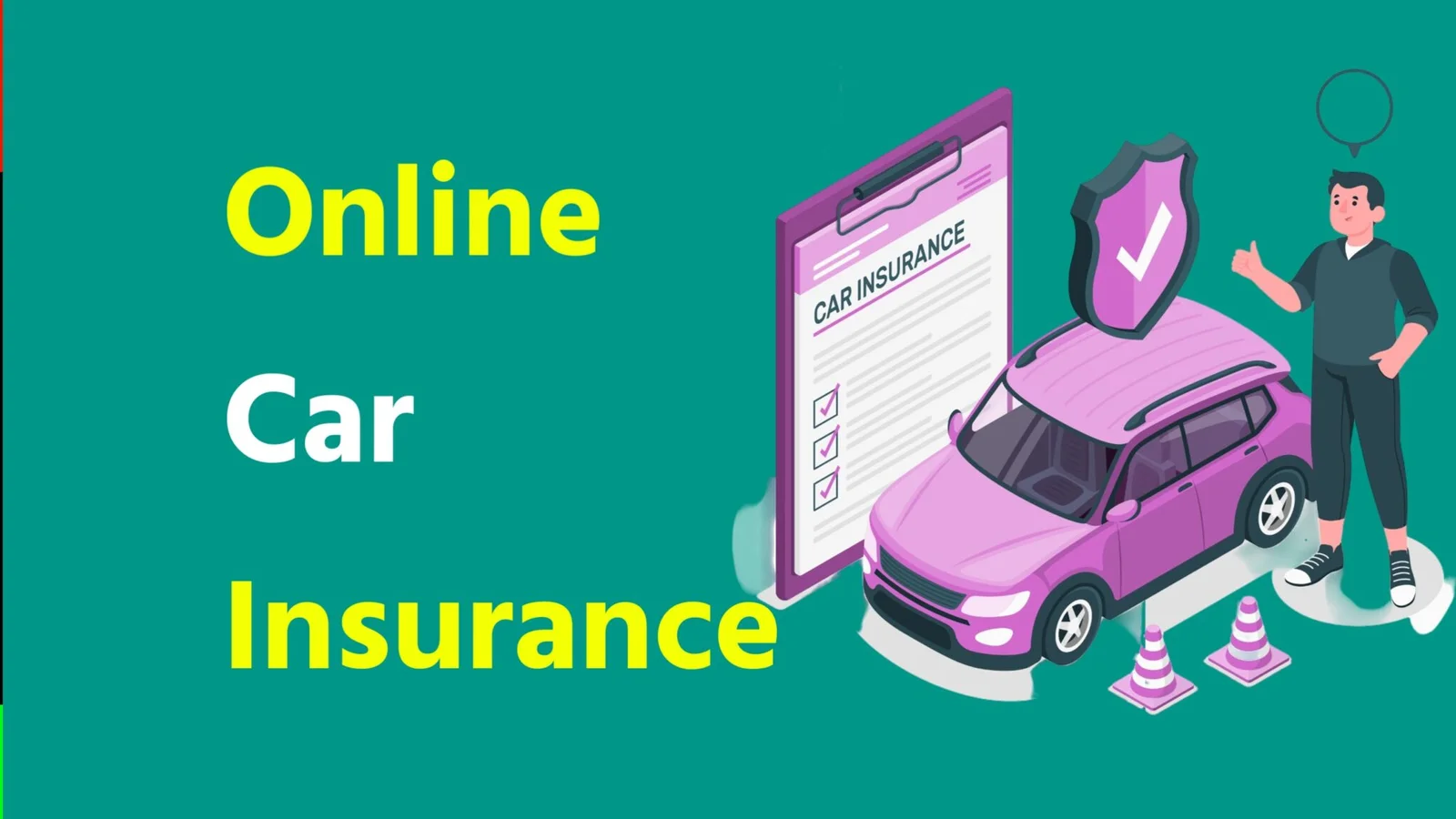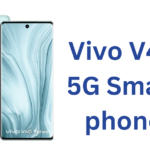Mobile recharge is an essential part of keeping a mobile phone active, allowing users to make calls, send texts, and use data services. Whether you’re using a prepaid or postpaid plan, recharging your mobile account is crucial to maintaining seamless communication. The process of mobile recharge has evolved with advancements in technology, offering users multiple convenient methods to ensure their phones stay connected. This article will provide a detailed overview of the mobile recharge process, discussing various recharge methods and the steps involved.
Physical Recharge Cards
The most traditional method of mobile recharge is through physical recharge cards. These cards are available at retail stores, supermarkets, and gas stations, and are sold in various denominations based on the recharge amount. To use the card, the user scratches off the protective layer to reveal a unique PIN code. The code is then entered into the mobile phone either by dialing a specific number or through the phone’s recharge menu. Once entered correctly, the recharge amount is credited to the user’s account. This method is popular due to its simplicity, especially in areas where internet access is limited.
Online Mobile Recharge
With the rise of the internet and smartphones, online mobile recharge has become a highly convenient method for topping up a mobile account. Users can access recharge platforms through websites or mobile apps provided by telecom operators or third-party service providers. The process involves logging into the platform, entering the mobile number, selecting the desired recharge plan, and completing the payment via various methods such as debit/credit cards, net banking, or digital wallets. Online recharge is quick, easy, and can be done from anywhere with an internet connection, making it a popular choice for modern mobile users.
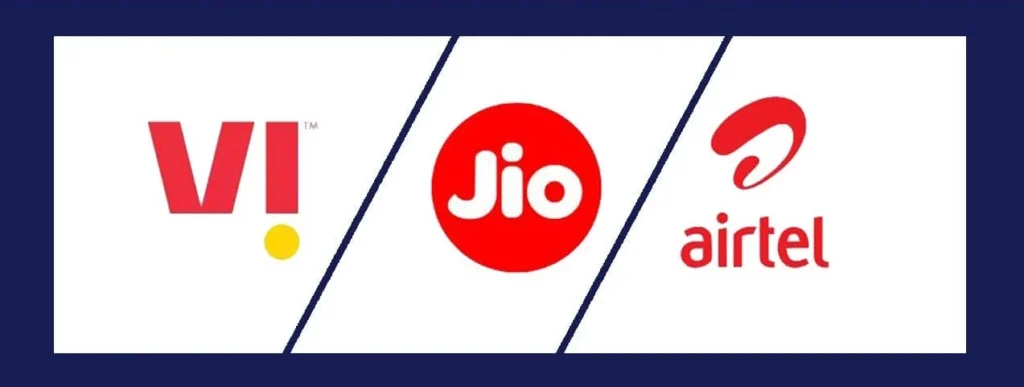

Recharge Through Mobile Wallets
Mobile wallets like Paytm, Google Pay, and PhonePe have transformed the way mobile recharges are done. These apps allow users to link their bank accounts or debit/credit cards to the wallet and make seamless payments for mobile recharges. To recharge, the user selects the mobile number, enters the recharge amount, and completes the transaction through the wallet. The process is fast and secure, with additional features such as transaction history and automated top-ups. Mobile wallets also offer promotional cashback and rewards, making them an attractive option for frequent users.
USSD Codes for Recharge
For users who don’t have access to smartphones or the internet, USSD (Unstructured Supplementary Service Data) codes offer a simple way to recharge. USSD codes can be used on feature phones or in areas with poor internet connectivity. To recharge, users dial a special code, like *123# or other operator-specific codes, from their mobile phone. A menu will appear, displaying available recharge options. After selecting the desired plan, the recharge is processed, and the balance is updated. This method is quick and effective, particularly for users in rural areas or those using basic mobile phones.
Auto-Recharge Services
Auto-recharge services are an excellent option for users who want to avoid the hassle of manually recharging their phones. Many telecom operators offer an auto-recharge feature, where users can set up a recurring recharge at regular intervals (e.g., weekly or monthly). The user specifies the recharge amount, and the system automatically deducts the amount from their linked payment method when the account balance reaches a predefined limit. This ensures that the user’s account remains active without interruption, particularly useful for heavy data or talk-time users who rely on constant connectivity.
Recharging Others’ Mobile Numbers
Mobile operators also allow users to recharge someone else’s mobile phone, which is particularly useful for helping family members, friends, or colleagues. This process is similar to recharging one’s own phone. The user selects the recipient’s phone number, chooses a recharge plan, and completes the payment. This feature is available through various platforms, including online recharge websites, mobile wallet apps, and USSD codes. It makes it easier for users to stay connected with others, especially when they live far away or in regions with limited access to recharge services.
Recharge Plans and Options
Telecom operators offer a variety of recharge plans to suit the needs of different users. These plans can include talk time, data packages, international roaming, and special offers for social media and entertainment apps. Users can choose from daily, weekly, or monthly plans, depending on their usage patterns. For example, data-heavy users may prefer plans with higher data allowances, while others who primarily use their phones for calling may opt for talk-time-based plans. Additionally, many telecom providers offer promotional plans and discounts, especially during festive seasons or special events, making recharge more affordable for users.
Conclusion
Mobile recharge is an essential process that ensures users stay connected in today’s fast-paced, digital world. The process has evolved significantly over the years, with several methods now available, from traditional recharge cards to modern online platforms, mobile wallets, USSD codes, and auto-recharge services. With the availability of various recharge plans, users can select options that best fit their needs, whether for talk time, data, or app-specific services. As mobile technology continues to advance, mobile recharge methods will only become more efficient, user-friendly, and accessible, ensuring that users can always stay connected, no matter where they are.
